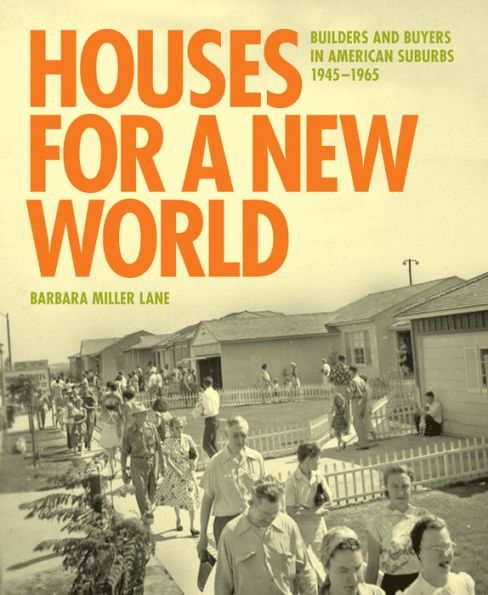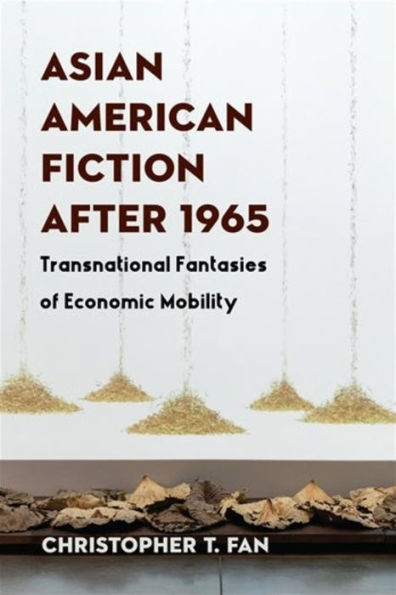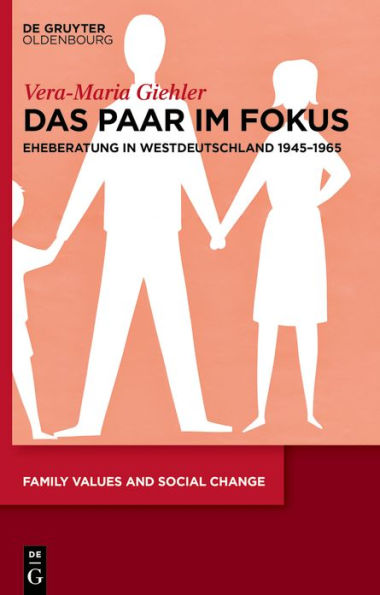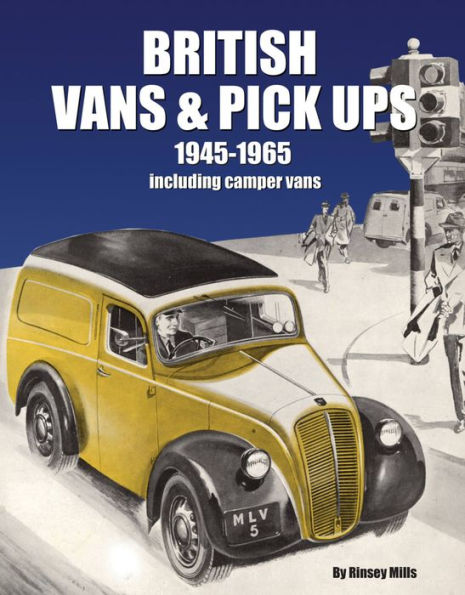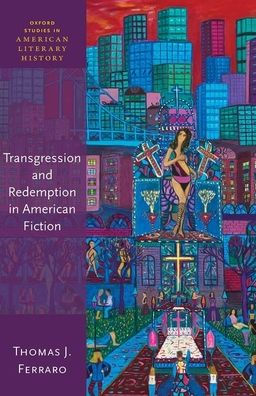Home
The Midcentury Minor Novel: American Fiction, 1945-1965
Barnes and Noble
Loading Inventory...
The Midcentury Minor Novel: American Fiction, 1945-1965 in Franklin, TN
Current price: $125.00
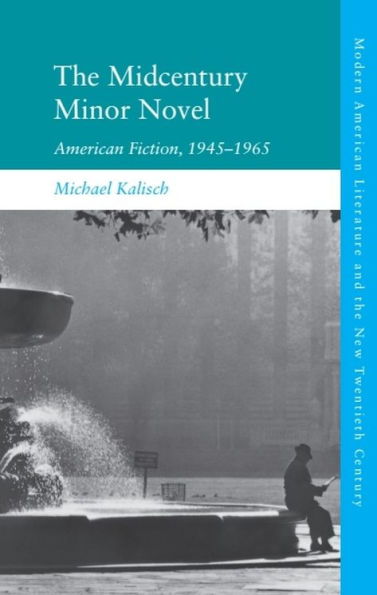
Barnes and Noble
The Midcentury Minor Novel: American Fiction, 1945-1965 in Franklin, TN
Current price: $125.00
Loading Inventory...
Size: OS
The Midcentury Minor Novel
brings to light a distinctive mode of the American novel emergent in the middle decades of the twentieth century. It explains how a group of neglected writers reimagined the novel as a minor form, defined by its constraints rather than its possibilities. Reflecting a broadly held view among critics that midcentury fiction was in crisis or decline, these ‘minor writers’ sought to make a virtue of what were taken to be the novel’s bleak prospects, crafting fictions of modest proportions and seemingly attenuated ambition that reflexively explored their own aesthetic limitations. Ironically, the book argues, midcentury anxieties about the ‘death of the novel’ breathed new life into it. Blending literary criticism and intellectual history, the book offers close readings of five writers who shared this curious project for the novel, an account of which adds texture to our understanding of the aesthetic diversity of midcentury American literature.
brings to light a distinctive mode of the American novel emergent in the middle decades of the twentieth century. It explains how a group of neglected writers reimagined the novel as a minor form, defined by its constraints rather than its possibilities. Reflecting a broadly held view among critics that midcentury fiction was in crisis or decline, these ‘minor writers’ sought to make a virtue of what were taken to be the novel’s bleak prospects, crafting fictions of modest proportions and seemingly attenuated ambition that reflexively explored their own aesthetic limitations. Ironically, the book argues, midcentury anxieties about the ‘death of the novel’ breathed new life into it. Blending literary criticism and intellectual history, the book offers close readings of five writers who shared this curious project for the novel, an account of which adds texture to our understanding of the aesthetic diversity of midcentury American literature.
The Midcentury Minor Novel
brings to light a distinctive mode of the American novel emergent in the middle decades of the twentieth century. It explains how a group of neglected writers reimagined the novel as a minor form, defined by its constraints rather than its possibilities. Reflecting a broadly held view among critics that midcentury fiction was in crisis or decline, these ‘minor writers’ sought to make a virtue of what were taken to be the novel’s bleak prospects, crafting fictions of modest proportions and seemingly attenuated ambition that reflexively explored their own aesthetic limitations. Ironically, the book argues, midcentury anxieties about the ‘death of the novel’ breathed new life into it. Blending literary criticism and intellectual history, the book offers close readings of five writers who shared this curious project for the novel, an account of which adds texture to our understanding of the aesthetic diversity of midcentury American literature.
brings to light a distinctive mode of the American novel emergent in the middle decades of the twentieth century. It explains how a group of neglected writers reimagined the novel as a minor form, defined by its constraints rather than its possibilities. Reflecting a broadly held view among critics that midcentury fiction was in crisis or decline, these ‘minor writers’ sought to make a virtue of what were taken to be the novel’s bleak prospects, crafting fictions of modest proportions and seemingly attenuated ambition that reflexively explored their own aesthetic limitations. Ironically, the book argues, midcentury anxieties about the ‘death of the novel’ breathed new life into it. Blending literary criticism and intellectual history, the book offers close readings of five writers who shared this curious project for the novel, an account of which adds texture to our understanding of the aesthetic diversity of midcentury American literature.

